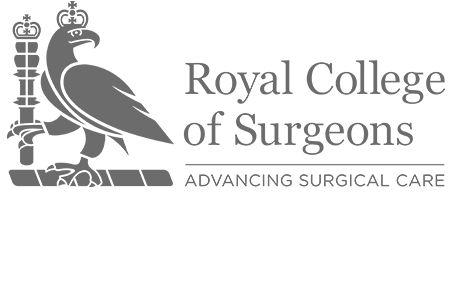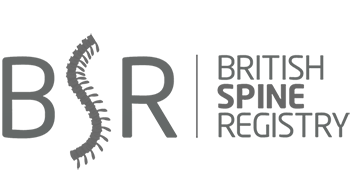Idiopathic scoliosis
Idiopathic scoliosis is a curvature of the spine associated with rotation of the individual vertebrae in the absence of any known cause. The criteria for diagnosis is a curve of Cobb angle greater than 10°. Idiopathic scoliosis can be classified according to age of onset: infantile (birth to 3 years), juvenile (3 – 10 years) and adolescent (after 10years).
The cause of idiopathic scoliosis is unknown and this is an area of on-going research. There maybe a genetic component as there is a higher incidence within some families compared to the general population.
Adolescent idiopathic scoliosis (AIS) is the most common type of scoliosis in children with a prevalence of 3% in the general population. The treatment options are the three “O”s: observation, orthoses (such as a brace) and operation. There is no evidence that exercise programs, electrical stimulation, special diets and manipulation are effective in preventing curve progression or correcting established curves.
The aim of observation is to determine which curves progress to enable early and thus lesser intervention. The risk factors for curve progression in skeletally immature patients include future growth potential (as determined by radiographic parameters, Tanner stage and menarche), curve magnitude at diagnosis, curve pattern and gender (curves in females are more likely to progress).
The consequence of an untreated scoliosis is continued curve progression, the development of a stiff lumbar spine with an increased risk of long-term arthritis, and a negative self-image. There is generally no effect on lung or cardiac function or life expectancy.
Bracing is a treatment option in patients who have a curve less than 40°, are pre-menarchal and have radiographic parameters indicating growth potential.
When deciding upon surgery, there are factors to consider in addition to the size of the curve. These include whether there is a significant rotational deformity to the curve, the sagittal plane alignment and also the skeletal maturity. The threshold for surgical intervention is a curve greater than 45 -50°, but can be lower in a skeletally immature patient with a rapidly progressive curve, and for curves involving the lumbar spine. The aim of surgery is to prevent further curve progression and to obtain correction. (See Scoliosis Correction)
More information on idiopathic scoliosis is available from the Scoliosis Research Society (srs.org).




